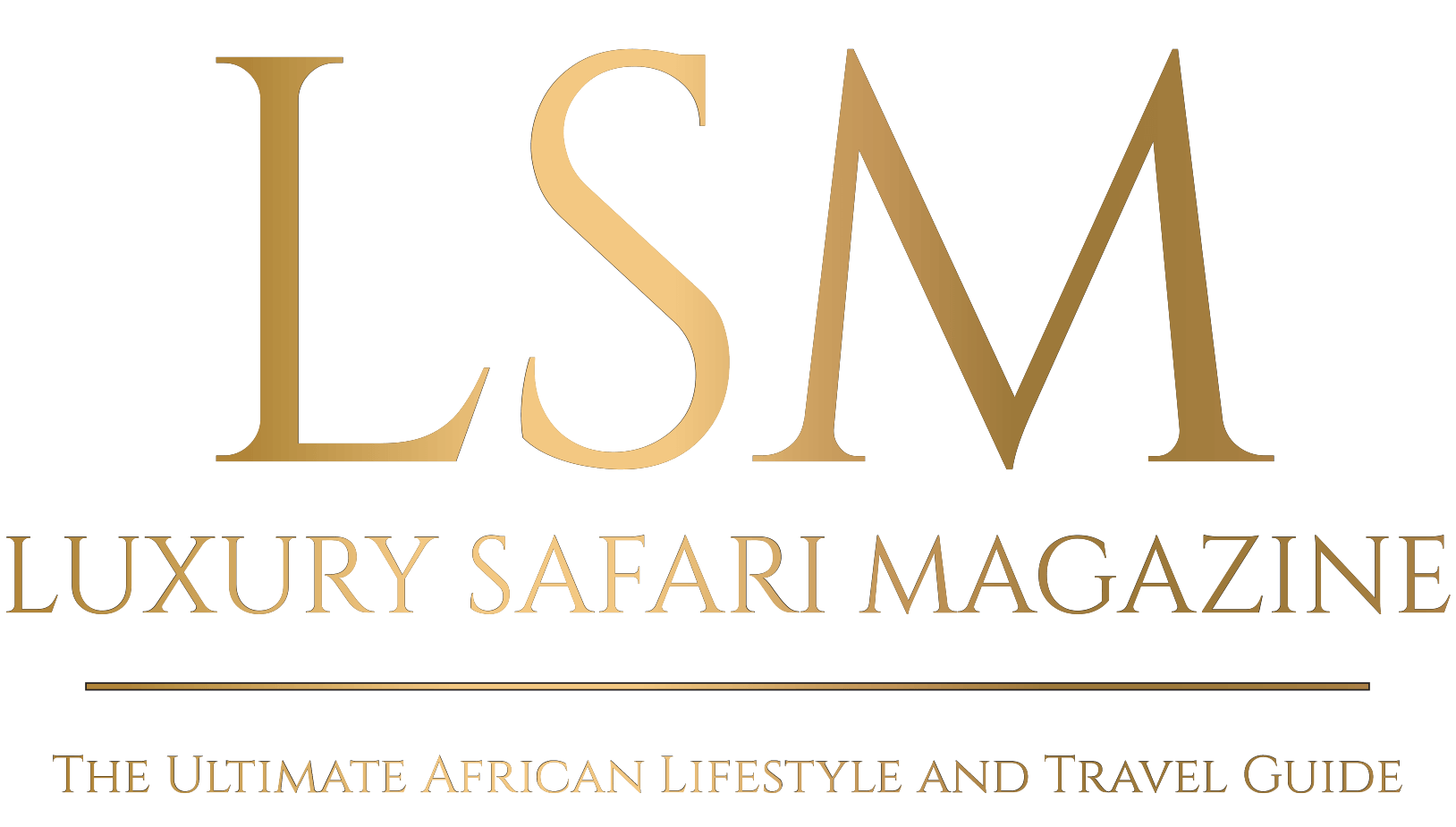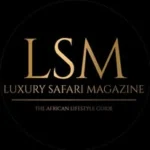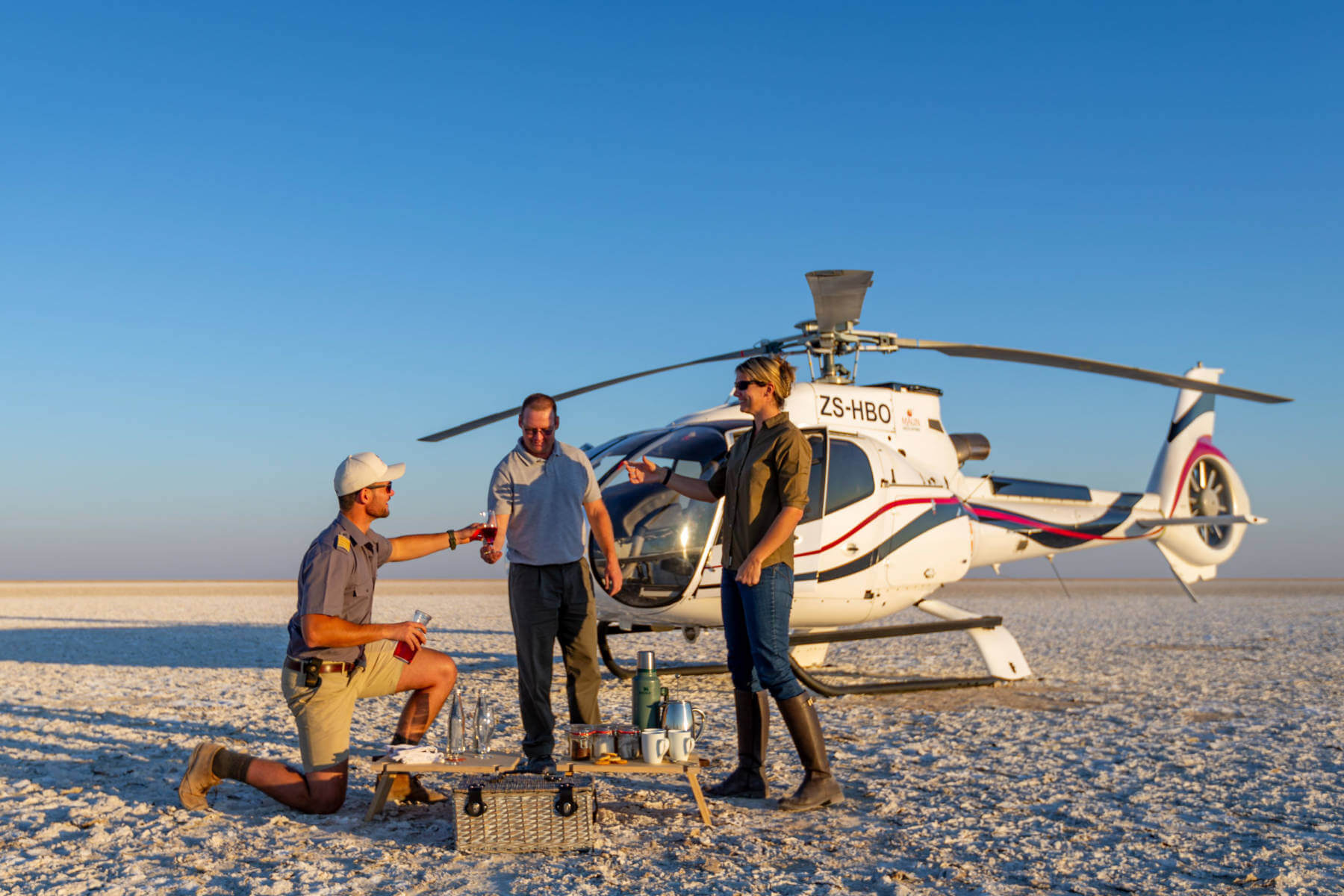September 25, 2022
The Rise of Lab Diamonds
With more consumers looking for the best bang for their buck and to make less of an environmental impact, now is the time to look into lab diamonds if you are in the market for a jewellery purchase or engagement ring design.
As Vogue acknowledges, the reason that many had been holding off on lab-grown diamonds could have been that nagging doubt that whispers: “they’re not real diamonds.” However, now that leading diamond dealers, such as De Beers have picked up on the trend and are pushing the growth of lab-grown stones with their brand Lightbox Jewellery, and with manufacturing techniques having been refined, it seems that lab-grown diamonds are on a new popularity trajectory. This new leveller may even see arbitrage happening in the future with prices for natural diamonds being lowered and prices for lab diamonds rising as a result of their boom.
Lab Diamonds are identical to Natural Diamonds
Yes, this is a true and a little-known fact. Lab diamonds are grown in a reactor in a simulated process of what happens in the ground. Lab-grown diamonds are comprised of carbon, the same material natural diamonds are comprised of. They remain the hardest material on earth—a 10 on the Mohs hardness scale—and thus are as difficult to chip as a natural diamond. Lab diamonds similarly to natural diamonds are each unique, each diamond forms in its own way, with one-of-a-kind inclusions and unique growth patterns. No two diamonds are alike whether natural or lab. Natural and lab diamonds are impossible to tell apart by the naked eye. Only a specialist in a lab would be able to evaluate the difference. As the Federal Trade Commission ruled in 2018, “Man-made diamonds are diamonds.”
Fancy Cuts, Flawless Colours and Big Carats
Fancy cuts, big stones and bright coloured diamonds have taken centre stage to wear as sizeable pieces. However coloured natural diamonds are extremely expensive with pink or blue diamonds costing anywhere from half a million to four million per carat. Lab-coloured stones being more affordable are now turning those fun jewellery dreams into a reachable reality. Stones for an engagement ring are another area for growth for lab diamonds as many couples seeking a large stone cannot afford natural diamonds, whereas lab diamonds allow for a big stone at a fraction of the price. (Already noted that they are for fun jewellery, all jewellery, and engagement etc)
A More Sustainable Choice
Many jewellery Maisons are prioritising responsibility, by choosing to use lab-grown diamonds rather than their natural counterparts, in an effort to have a more ethical and sustainable footprint. With a less harmful impact on our planet, it’s no wonder that many celebrities are also choosing lab-grown diamond brands. Celebrities who have caught on to the lab-grown diamond trend include Rihanna, Lady Gaga, Zendaya, Emma Watson, Jennifer Hudson and Jennifer Lopez. Leonardo Di Caprio’s leading lab diamond business, Diamond Foundry, was formed after his 2006 role in the international movie, Blood Diamond, which turned his attention to the terrible reality of blood diamonds from war-torn countries. Lab diamonds are certainly a more sustainable choice as they are not mined and this, therefore, has so many environmental positives. Avoiding the vast human & environmental toll of mining means no conflicts are funded, no land or communities are displaced, no wildlife is harmed and groundwater is not polluted.
Where to Buy Lab Diamonds
Harper’s Bazaar has done a fantastic round-up of international lab diamond houses, including the labels worn and loved by celebrities to ogle over which only use lab-grown diamonds. Locally, Bespoke by Kate and Pura stock exceptional and affordable lab-grown diamonds in an opulent array of colours and sizes.
Diamonds, thanks to their heritage and reputation as the most-prized precious stones, will always be forever, but lab diamonds are coming in hot at their heels with so many benefits and a value proposition too good to ignore.







